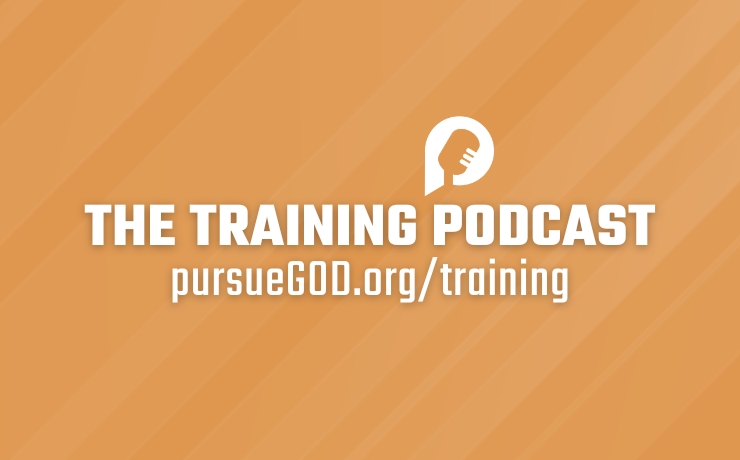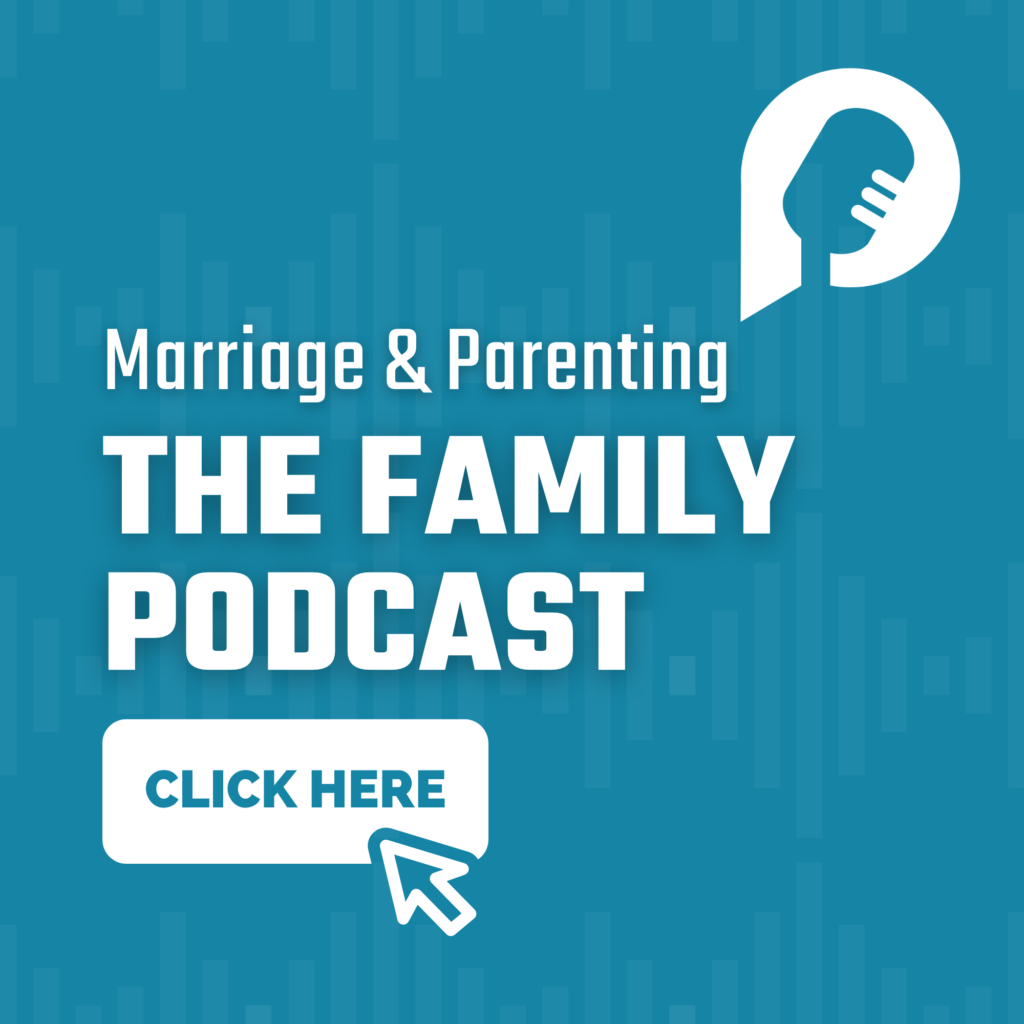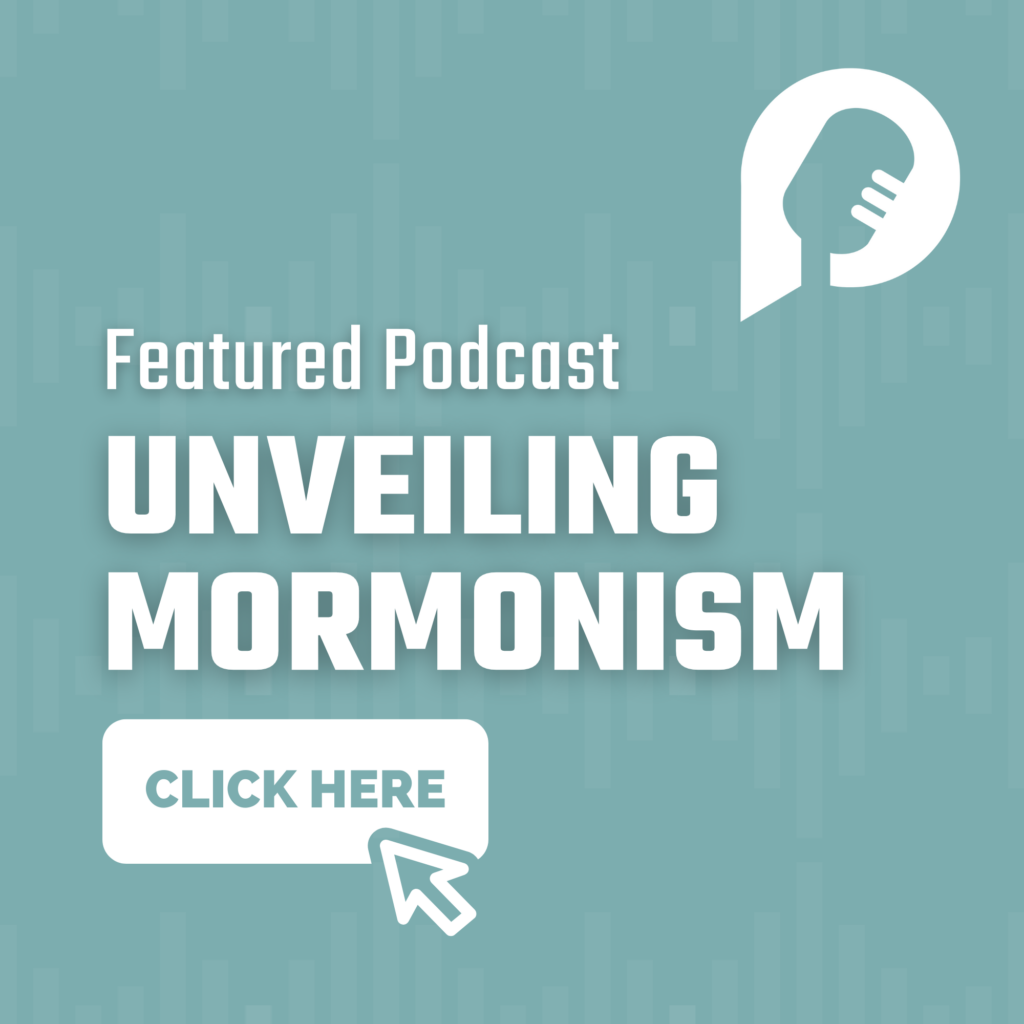Picking the right worship songs to do at church is an important job, but you also need to think through where to place those songs in the service. It is important to have a vision and a process when thinking through what songs work together and where to place those songs in the set. So whether you are a worship leader or a team member, here is some helpful info to have as you plan a well-thought-out worship set:
Ask God for Guidance
As you begin planning a worship set, don’t forget that God wants this set to succeed more than you do. Musical worship is a big deal and He wants to connect with his people in meaningful ways during this time. Don’t rush ahead with your plan before first consulting God. Pray a simple prayer something like this if you are unsure of how to ask God for help: “Lord, please guide this set as I prepare it and help me pick the songs You would want for this time of worship. If there is any song in here that isn’t right for this time, bring it to my attention.” Sometimes God will give you a clear nudge in the types of songs to choose that will accent the theme you are after.
Look at the Big Picture
The process of building a good worship set is best achieved if you are looking at the big picture as you are selecting songs. This means that as you are deciding which songs to do you are constantly taking a step back to look at how each one of those individual songs is fitting in with the service as a whole. It is good to be aware of what time of year it is, what the sermon topic is, and if there are any special elements that week. For instance, if you are building a set around Easter, you may want to pick songs that sing of Jesus rising from the dead or songs that focus on the Cross. As you are continually evaluating how the songs fit the big picture of the service, you will do well at picking songs to match the occasion.
Consider the Journey
It is also helpful to ask yourself the question, “What is the journey I want to take people on?” Do you want to start at a high point with celebration, then lead into a time of contemplation, recommitment and then outward focus for the worshipper? Or perhaps you want to begin with a slower call to worship that builds in power and then moves into a faster second song, all to culminate in a powerful acapella chorus of “I Love You Lord” or another memorable classic like “Here I Am to Worship.” Whatever you choose, be mindful of what journey you want the listener to go on. If you are aware of the journey you want to lead, you will be aware of what songs will complement that process. As a worship leader, you are like a shepherd leading sheep to new pastures to feed. Where are you leading them?
Diversify the Songs
Think of your worship set like a rollercoaster. Rollercoasters are fun because they have ups and downs, twists and turns, tensions and releases, and variation. If you got on a rollercoaster that just went around in a circle and stayed at the same speed and elevation the entire time, that would be pretty forgettable, right? This is the same with a worship set. If you pick four songs that have the same structure, tempo, and overall feel, it may become monotonous. Here are three categories of songs that you want your set to consist of:
- Opening Song
Some worship leaders will view this song as a mere formality to get to what people really want, which are the slower and more dynamic songs that will take place after the announcements. In reality, the opening song of a set can make or break the energy of a set and establish a critical tone that many people overlook. Because of the importance it carries, we need to put a lot of thought and prayer into selecting an opening song for our set. This song is the first thing that you will do in the service–it is the tone-setter for how the rest of the service will go. That doesn’t necessarily mean that this song has to be fast and loud, but it should have good energy to do its job of drawing people’s attention to God, all the while preparing them for the rest of the service.
- Central Songs
The purpose of these songs is to draw people deeper into worship, but it is also to build momentum going into the sermon. These songs are usually on the slower and more dynamic side of the spectrum and can often be very useful in achieving “movement” in the worship set: going from one place thematically to another or from one place emotionally to another. This is where you as the worship leader get to be most creative. You have two or more songs back to back, so think through how these songs can work together. In a sense, this is a subset of songs within the larger set.
- Closing Song
This song may be the most important of the service because it is coming right out of the sermon that was just preached. This is a great opportunity to solidify in people’s minds what the main takeaway of the sermon was. This can be upbeat or slow; again, it really depends on the sermon that was just preached. When you are thinking through songs to pick for this slot, it may be beneficial to talk with your pastor to get a better idea of what the main takeaway is from that message.
Build Sets From a Larger Pool of Songs
As you are building worship sets week to week, it will be beneficial to have a larger group of songs that you are pulling from. This pool of songs will include opening songs, middle songs, and closing songs. Having a pool of songs to choose from will not only help the people in your ministry who have to learn the songs, but it will also help your congregation learn the songs. Even if you don’t have each worship set completed, you will still have all of the possible songs that you will use to make those sets.
Schedule It Out Strategically
Once you have a pool of songs to choose from it is important that you schedule the songs out in the best way possible. This means that you’re rotating the songs in a way that creates variety and consistency with your sets. An example of this would be when you introduce a new song to do it for two weeks in a row, give it a week off, and then reintroduce it a week later. It is a good rule of thumb to never do a song more than two weeks in a row. When you look at your schedule hopefully you will see somewhat of a consistent rotation of the songs you are doing. Be aware of overdoing your favorite songs.
Final Considerations
As you finish crafting your set for the service, ask these questions:
- How does the worship set support or contrast the theme of the message this Sunday?
- Do the keys of the songs work well together to help the set flow?
- If I were in the congregation, what is the main focus or take away I would have from this worship set?
- What are the main ideas theologically that are touched upon in this set?
- What are the main emotions touched upon in this worship set?
- What is the one thing you think your set communicates most powerfully to the worshipper?
As you ask yourself these and other questions of the effectiveness of your set, and you will be in a good position to lead an effective worship set. And remember: above all, begin by preparing your own heart to worship and asking God for help. You can’t lead others where you haven’t first gone!
Discussion Questions:
- Invite someone to summarize the topic.
- What is your initial reaction to this topic? Do you disagree with any of it? What jumped out at you?
- How well do you do at committing things to prayer right at the beginning? What are some practical ways you can grow in this area of praying first?
- What are your top five favorite worship songs? Would those songs make a good set? Why or why not? If yes, order those songs and explain why you put them in that order.
- Do you excel or struggle in seeing the big picture in life? How might this hurt or help you in crafting a worship set? How can you grow in this area?
- Which songs types, Opening Songs, Central Songs, Closing Songs, do you gravitate toward the most? Explain.
- How might you need to temper your preferences for these songs in order to create a more well-balanced worship set?
- What are the advantages of a song pool? Do you see any disadvantages? List three potential strengths of a song pool and three potential weaknesses and how to overcome them.
- What are some themes that you can easily build a set around? Why?
- In your mind, what is the most important aspect of picking a worship set?
- TAKEAWAY: Build a song pool and plan out sets based on themes or sermon topics.







